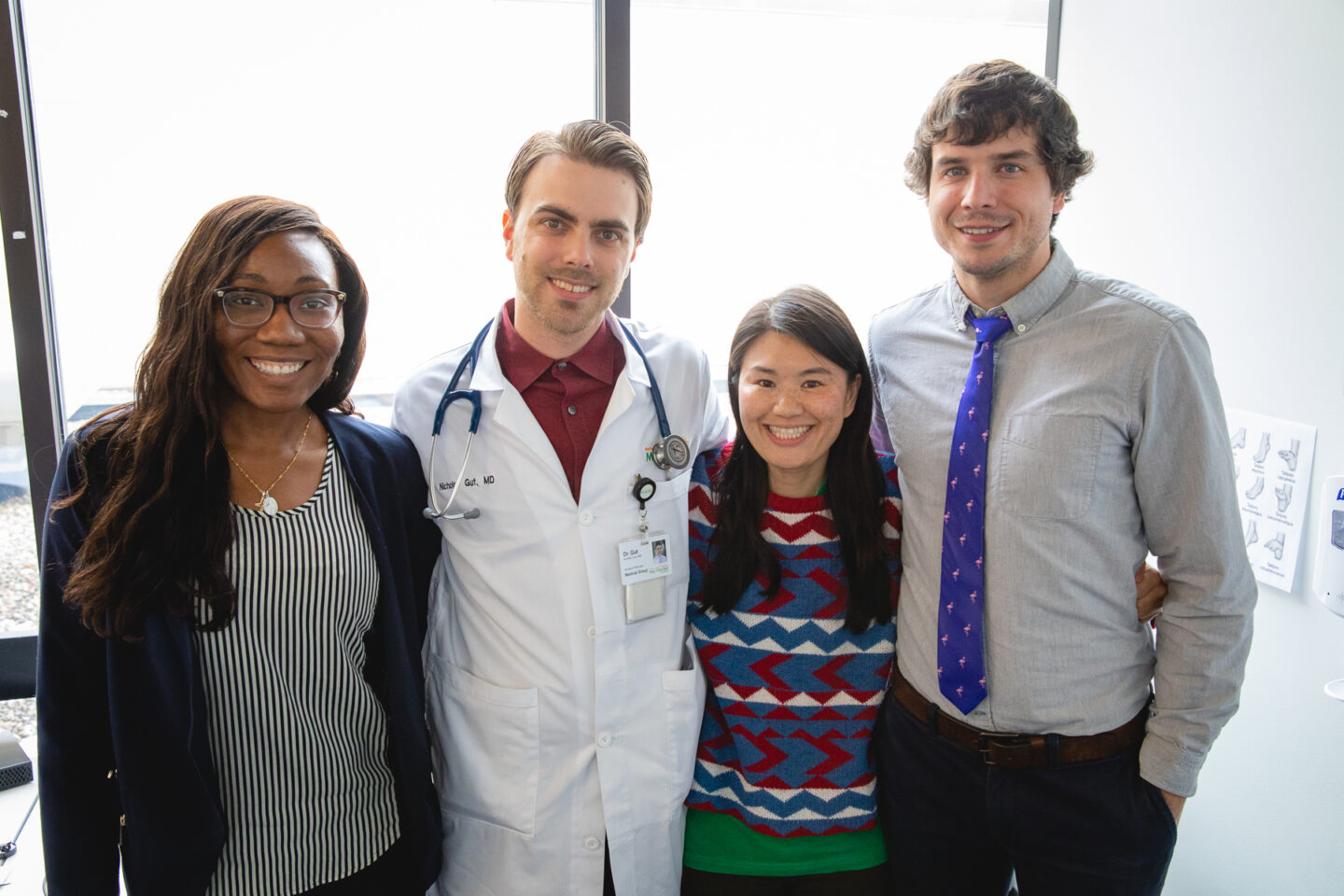Learn More About PM&R
If you’re in your first or second year of medical school, it’s not too early to learn more about physical medicine and rehabilitation and begin building a portfolio that highlights your work and journey to the field. If you’re in your third year or even beginning your fourth, it isn’t too late!

Anatomy
A strong knowledge in musculoskeletal anatomy and neuroanatomy is essential to success as a physiatry resident. You will be well-served to be as familiar with anatomy during medical school as you can. You’ll have more opportunities to brush up during residency, but the more you can learn now, the easier it will be in the future. Pay special attention to upper- and lower-extremity muscles, their innervation, and the nerve root(s) that innervate them. Knowing the innervation of an individual muscle is critical when performing electrodiagnostic tests, such as an EMG.
Clinical Experiences/Observing
If you can get experience in a PM&R clinic, it will be to your advantage. You’ll meet patients and learn their primary concerns, common diagnostic tests and the physical examination skills physiatrists use for evaluation and treatment. It will help you be confident that you are choosing the right specialty for your future! Additionally, it demonstrates a clear commitment to the specialty when completing your residency application and provides exposure to physiatrists who may be able to write Letters of Recommendation in support of your application.
Professional Organizations
The Association of Academic Physiatrists (AAP) and the American Academy of Physical Medicine & Rehabilitation (AAPM&R) hold annual assemblies and offer special programming for medical students. If you can attend either (or both) of these conferences, you’ll get some excellent learning opportunities and the chance to meet program leaders from across the country. The organizations’ websites also contain information about the field and ways to be more engaged with the specialty as a medical student.
Clinical Rotations/Electives
Some medical schools include physiatry as a part of their core clerkships (often during neurology or internal medicine rotations). Many schools also offer electives for third- or fourth-year medical students with their local departments/residency programs. If your medical school does not have a PM&R department, don’t worry. PM&R electives are available to visiting medical students at various hospitals, including ours. Click here for more information about our medical student experience.
If you are a medical student interested in potentially collaborating with our residents and faculty on a research project, please email pmr.residency@maryfreebed.com.


